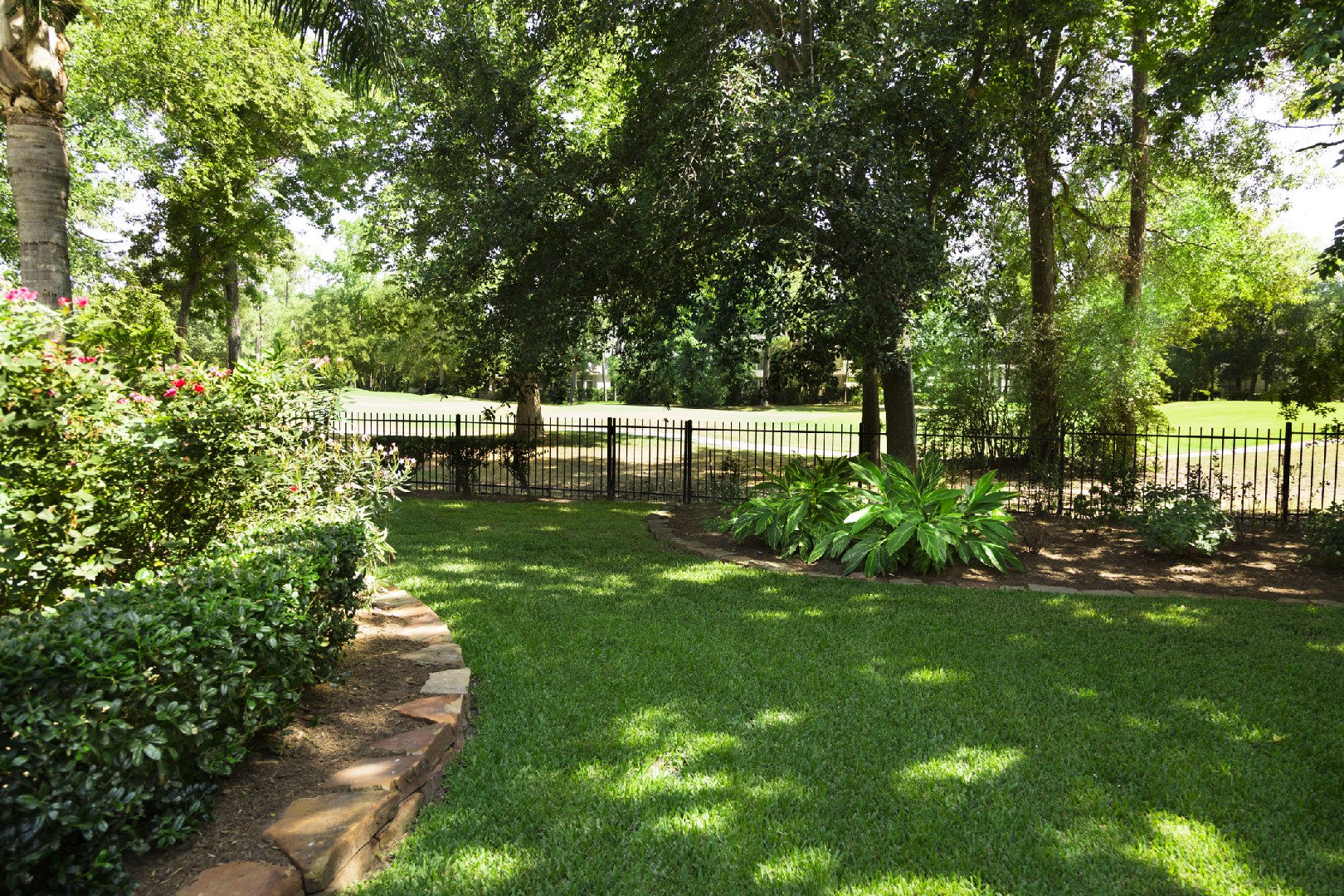![Rectangle]()
Understanding the Need for Shade Structures
When it comes to designing your garden, incorporating shade structures can transform it into a cool and inviting retreat. Shade structures not only provide relief from the scorching sun but also offer a host of other benefits that enhance the overall experience of your outdoor space.
One of the key benefits of shade structures is the comfort they provide. During hot summer days, these structures offer a sanctuary where you can escape the heat and enjoy the fresh air. By creating shaded areas, you can create a comfortable space for relaxation, entertaining guests, or simply enjoying a good book. These structures also allow you to extend your time spent outdoors, as they protect you from harmful UV rays and provide a cool environment to escape the heat.
Aesthetic appeal is another aspect to consider when incorporating shade structures into your garden design. These structures come in a variety of styles, materials, and colors, allowing you to choose the ones that complement the overall aesthetic of your outdoor space. From modern pergolas with clean lines to rustic gazebos with ivy-covered roofs, you can find shade structures that not only provide relief but also add beauty and visual interest to your garden.
In addition to comfort and aesthetic appeal, shade structures also offer functional utility. By strategically placing these structures, you can create designated areas for various activities in your garden. For example, a pergola can be used to create an outdoor dining area, while a canopy or an umbrella can be placed over a lounge area. By incorporating shade structures, you can maximize the usable space in your garden and create different zones for relaxation, gardening, entertaining, or even working.
Moreover, shade structures have a positive impact on the longevity and versatility of your outdoor spaces. They provide protection to your furniture, plants, and other outdoor accessories, shielding them from extreme weather conditions. By reducing direct sunlight and heat exposure, shade structures help prevent fading, warping, and other damage to your outdoor furnishings. This not only ensures the longevity of your investments but also allows you to enjoy your outdoor space for years to come.
To make the most of shade structures in your garden, consider these practical tips. First, assess your garden's layout and identify areas that receive the most sunlight. This will help you determine where shade structures are most needed. Secondly, select shade structures that are made from durable and weather-resistant materials, ensuring their longevity. Finally, enhance the functionality and versatility of your shade structures by incorporating features such as retractable awnings or screens.
In conclusion, incorporating shade structures in your garden design is a wise choice that can transform your outdoor space into a cool retreat. The comfort, aesthetic appeal, functional utility, and other benefits provided by shade structures make them an essential element of any garden. So go ahead and create a shaded oasis where you can relax, entertain, and enjoy the beauty of nature.





